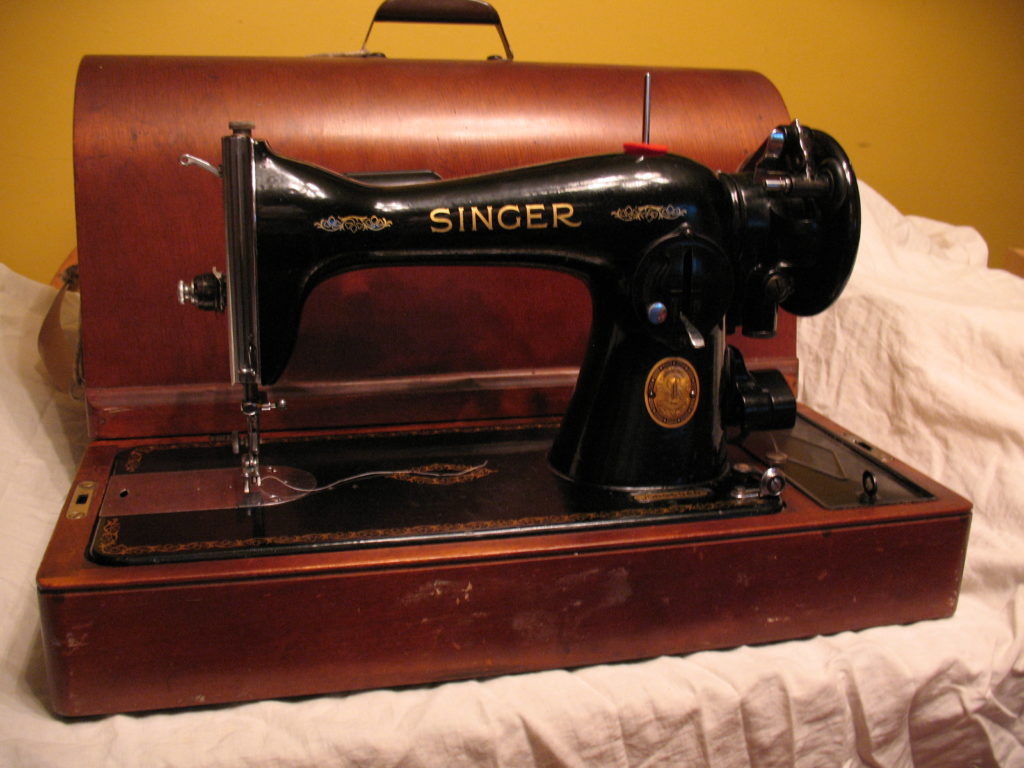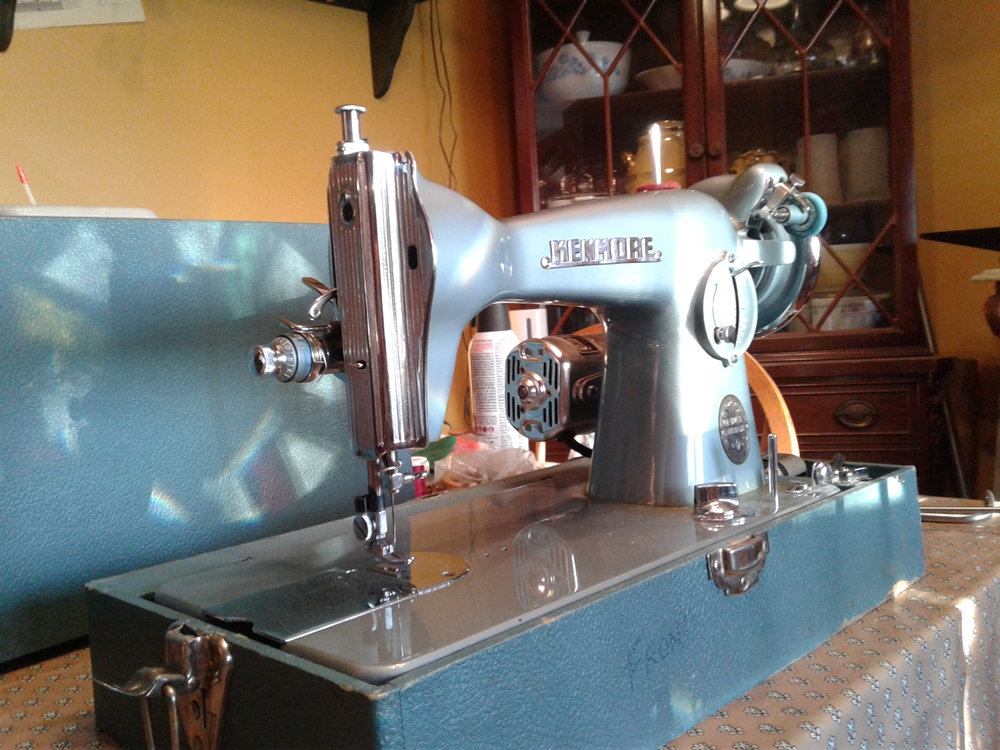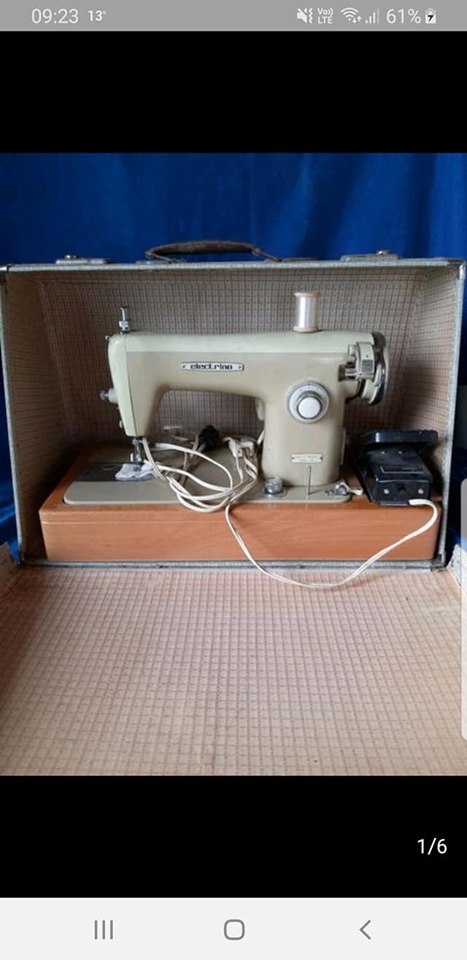Clone : One that copies or closely resembles another, as in appearance or function


At the end of World War 2, Japan was occupied by the Allies and a good part of their presence was to help reconstruct Japanese industries in areas that did not pertain to military production .
One of the products the Japanese set out to make were sewing machines, as the post war demand for machines was very high, and the Japanese had the skilled workers who could turn out precision made products. Japan was making sewing machines before WW2, but their impact was negligible on the global market, which Singer dominated.
They based their early machines on the Singer Model 15, who’s patents had long expired, combining aspects of the earlier 15-30 and current model 15 machines, which Singer was phasing out as they brought out newer sleeker versions and more advanced models.
The Japanese sewing machine manufacturers combined forces and cooperated with each other to streamline production and lower costs, and in doing do created a juggernaut that eventually laid waste to many North American and European makers who could not compete price -wise, and the quality of the Japanese machines was consistently excellent. The Japanned finishes and chrome tend to be first rate.
One note about the Japanese machines is that while a Singer 15-88 (and quite a few of their other models) threads right to left, these machines thread left to right

Eventually the Japanese made improvements to their copies in the area of above bed controls, more powerful motors, and improved feed systems so that in many cases, their copies exceeded the performance of the original Singer machines.
Soryu, Maruzen, and Toyota were some of the most successful Japanese companies as they secured contracts with Sears to provide Kenmore badged machines which gave them a wide distribution market in North America. Maruzen and Toyota still produce sewing machines, with Toyota being one of the premier suppliers of high speed industrial machines.
Some examples of later Japanese machines, still based on the Singer 15 mechanically, but in sleeker bodywork… all these have different names but are the same model of machine.



This Piedmont was made for The Hudson’s Bay Company of Canada, who started buying from the Japanese right after World War 2, some early examples state they were made in occupied Japan. Some of these have no bed mounted feed control.

Maruzen’s relationship with Sears continued until the late 1970’s and during this time they built machines according to Sears designs, and these are some of the best sewing machines ever made.

The Japanese were so successful they essentially drove companies like White out of business, and cut into Singer’s sales reducing their market share considerably. After the yen crash of the 1980’s these companies moved production to Taiwan, and Janome is now one of the largest manufacturers on earth. They too got their start making copies of Singers in Japan.
When Singer’s quality dropped in the 1970’s (too much plastic), Sears was still offering high quality Maruzen made machines which were as good as any on the market, and in many respects, even better.
If you come across one of these “clones” you should find that they are usually very reasonably priced, and excellent values, since they are such high quality machines. The only problem area can be in the tension assemblies which were rarely as nice as Singer’s. They are such accurate copies you can swap the faceplate and tension from a Singer 15 on to the Japanese machine.
Follow us on Facebook